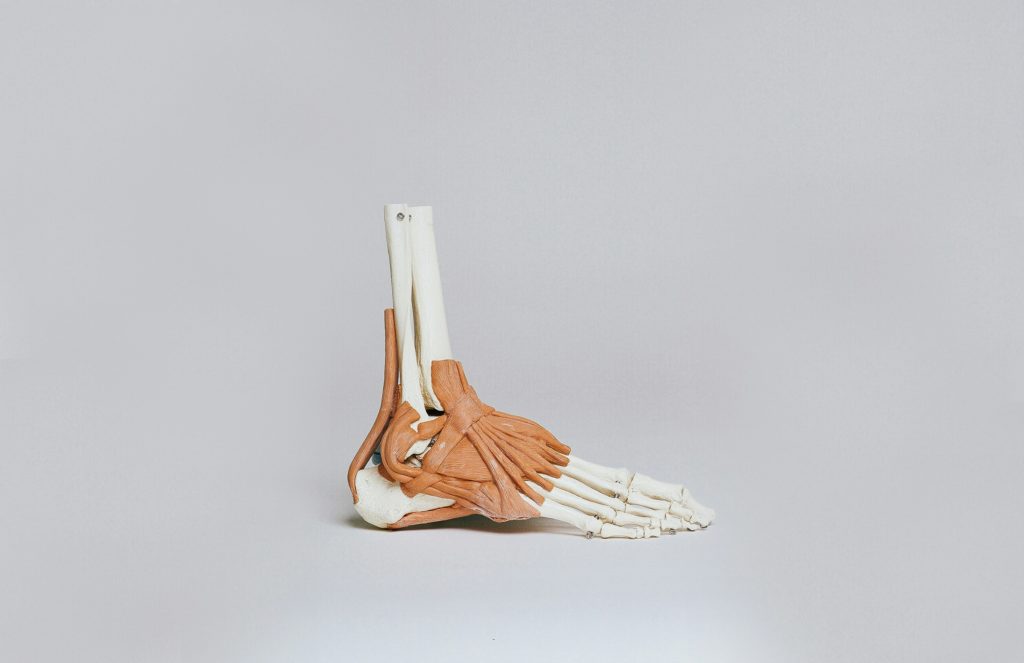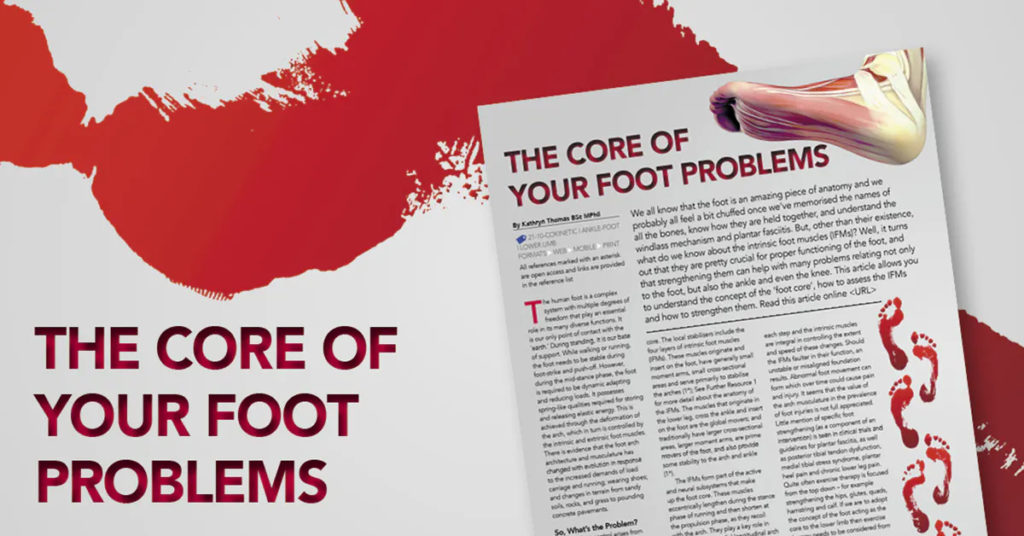Fractured ankle
Due to the ankle’s participation in most running and jumping activities, it’s very prone to injury. Most athletes have had at least a minor sprain of the ankle. Ankle fractures are less common. jumping and running on uneven or changing surfaces may result in ankle fractures. Sports like rugby and soccer, where the forceful twisting of the ankle may occur. These have a higher prevalence of ankle fractures.
Within an ankle fracture, all or any of the ligaments and bones may become involved. Ankle fractures involve the ends of the tibia or fibula, or both, with ligament ripping present and stretching too.

Cause of injury
Rolling or twisting of the ankle may cause the ends of the bones to fracture. Forceful Impact into the lateral or medial side of the ankle while the ankle is planted.
Fractured ankle symptoms
Swelling and discolouration. Inability to weight bear. Painful to touch. The deformity may be within the joint.
Complications unattended
If left unattended it can lead to an incorrect or incomplete recovery healing of the bones. Running or walking on the injured ankle could result in more damage to the ligaments, nerves and blood vessels that pass through the joint.
Fractured ankle immediate treatment
Apply ice. Stop the activity. Immobilize the joint. Seek medical care.
Fractured ankle rehabilitation and prevention
It’s very important to maintain conditioning levels by using upper body exercises and weight training, while the ankle is immobilised. When cleared with the ankle for activity, stretching and strengthening of the muscles of the leg is vital. It will speed up recovery. An ankle brace may be required for support during the initial return to activity. Anterior compartment muscles and stronger calf help prevent or decrease the incidence of injuries and support the ankle. Avoid jumping and running on uneven surfaces.
Long-term prognosis
Those people who have fractured their ankles often have a higher rate of re-injury. good rehabilitation and strengthening usually result in a full recovery. Fractures or compound fractures leading to bony misalignment may need surgical pinning to hold the bone in place while it heals.


